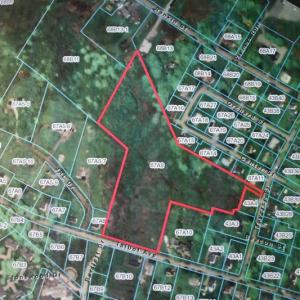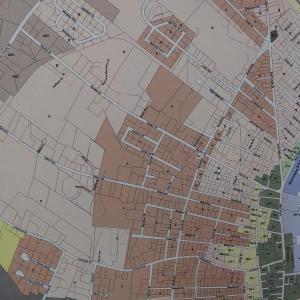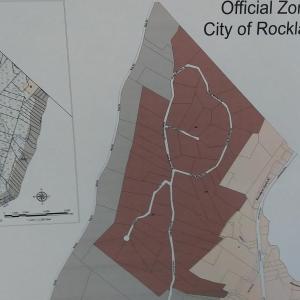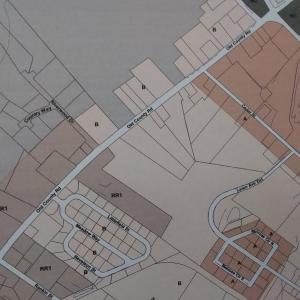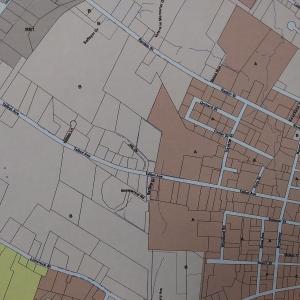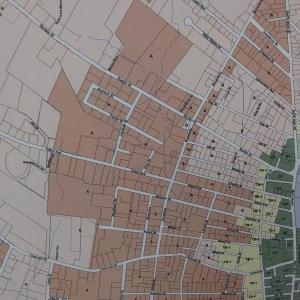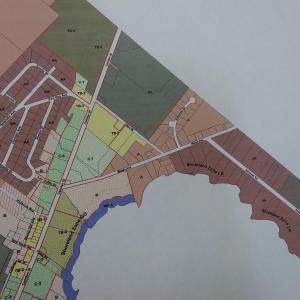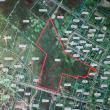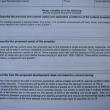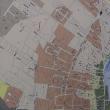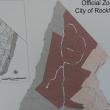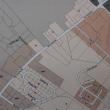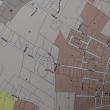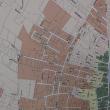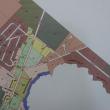Rockland’s accessory apartment amendments, subdivisions, runoff woes
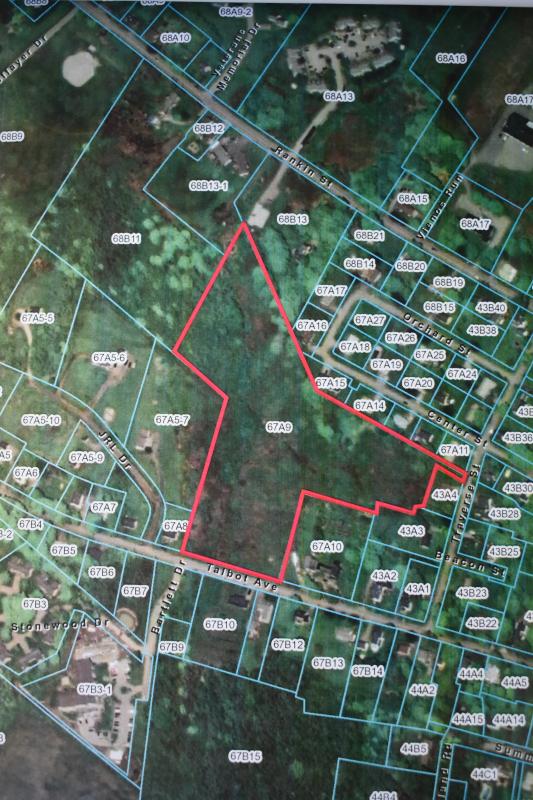 Talbot Avenue property for proposed Habitat for Humanity subdivision.
Talbot Avenue property for proposed Habitat for Humanity subdivision.
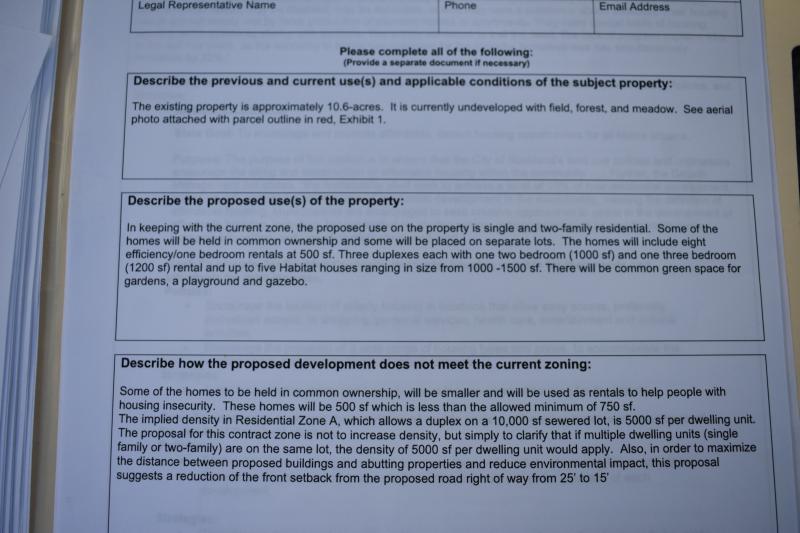 Talbot Avenue property for proposed Habitat for Humanity subdivision.
Talbot Avenue property for proposed Habitat for Humanity subdivision.
 Summer and Lincoln streets. (File photo by Sarah Thompson)
Summer and Lincoln streets. (File photo by Sarah Thompson)
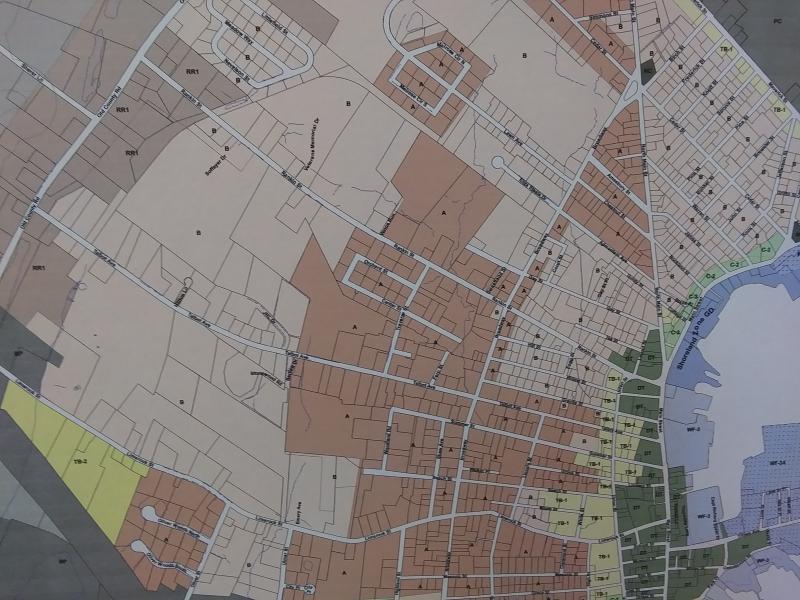 A closeup of Rockland’s zoning map. Rockland Harbor on the right.
A closeup of Rockland’s zoning map. Rockland Harbor on the right.
 AA zone. Dodge Mountain.
AA zone. Dodge Mountain.
 Darker mocha colored A zone between Cedar and Maverick streets, as well as Melrose Circle.
Darker mocha colored A zone between Cedar and Maverick streets, as well as Melrose Circle.
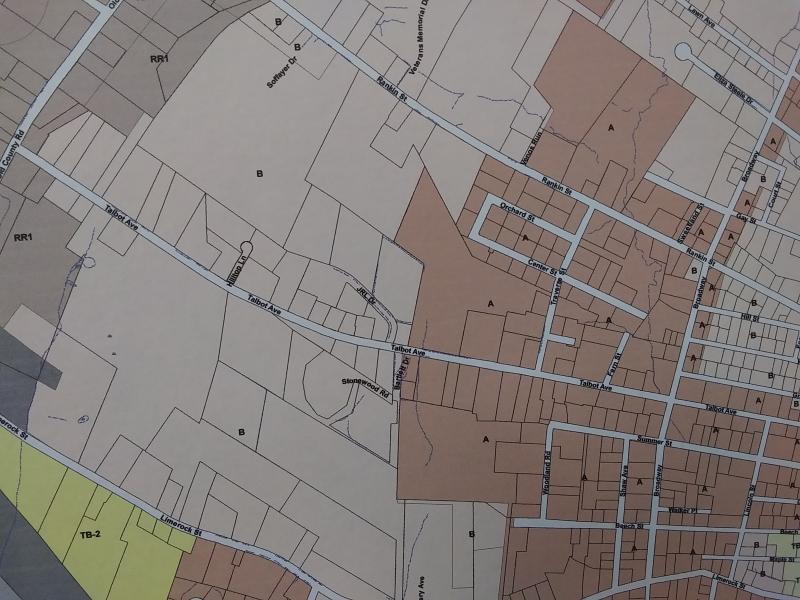
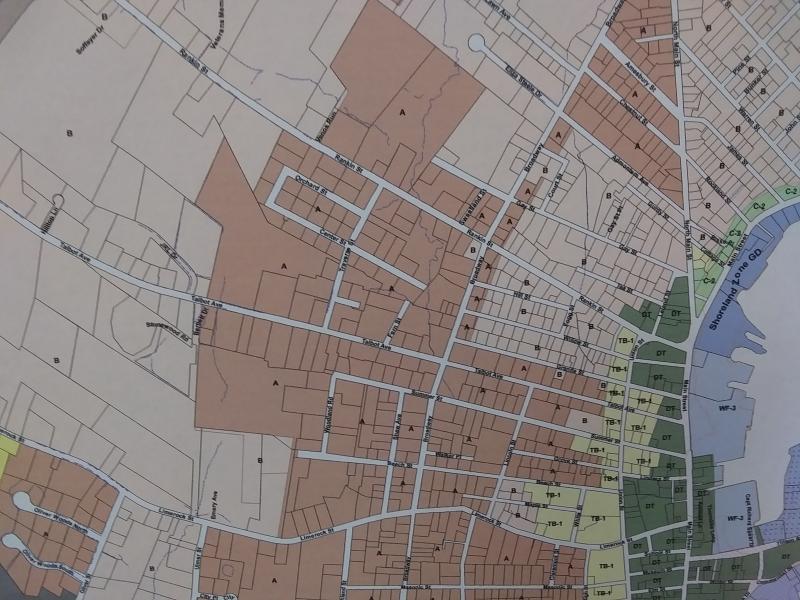 Zone A scattered throughout Rockland.
Zone A scattered throughout Rockland.
 AA zone. Pen Bay Acres and Samoset Road.
AA zone. Pen Bay Acres and Samoset Road.
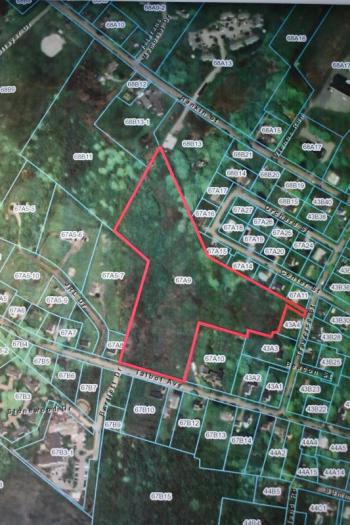 Talbot Avenue property for proposed Habitat for Humanity subdivision.
Talbot Avenue property for proposed Habitat for Humanity subdivision.
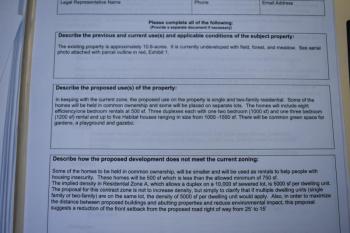 Talbot Avenue property for proposed Habitat for Humanity subdivision.
Talbot Avenue property for proposed Habitat for Humanity subdivision.
 Summer and Lincoln streets. (File photo by Sarah Thompson)
Summer and Lincoln streets. (File photo by Sarah Thompson)
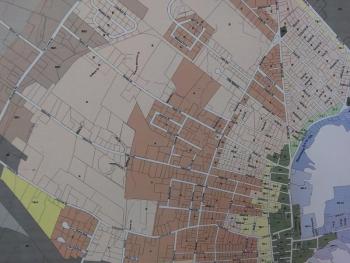 A closeup of Rockland’s zoning map. Rockland Harbor on the right.
A closeup of Rockland’s zoning map. Rockland Harbor on the right.
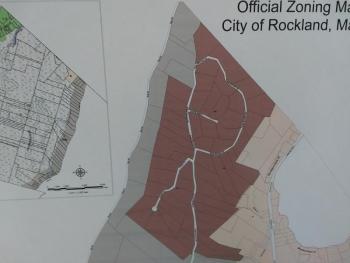 AA zone. Dodge Mountain.
AA zone. Dodge Mountain.
 Darker mocha colored A zone between Cedar and Maverick streets, as well as Melrose Circle.
Darker mocha colored A zone between Cedar and Maverick streets, as well as Melrose Circle.
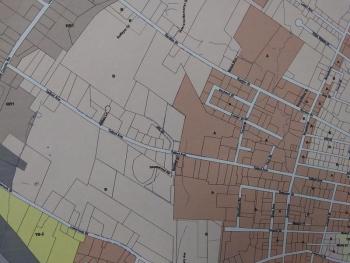
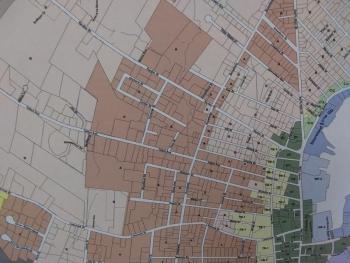 Zone A scattered throughout Rockland.
Zone A scattered throughout Rockland.
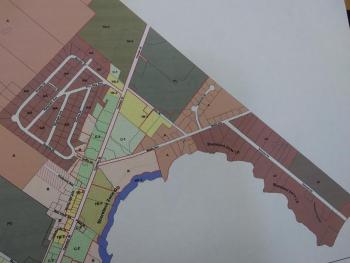 AA zone. Pen Bay Acres and Samoset Road.
AA zone. Pen Bay Acres and Samoset Road.
ROCKLAND – As Rockland’s detached accessory apartment ordinance reverts back to First Reading and a proposed subdivision on Talbot Avenue returns before the Planning Board, the City of Rockland continues to contend with ongoing debates over affordability, “Tiny Houses,” and a recent intertwining addition concerning water.
Public comments of recent months made in opposition to an accessory apartment ordinance have branched out to reference generational and income divides, a proposed subdivision on Talbot Avenue, a semi-completed subdivision on Philbrook Ave., and the flow of ground water along impervious surfaces within neighborhoods.
Accessory Apartment ordinance
On February 8, the Rockland City Council discussed substantive amendment proposals that forced an ordinance on the verge of final vote to circle back to First Reading for the March 1 agenda-setting and March 8 regular Council meetings.
The proposed ordinance would allow existing accessory one-bedroom apartments on single-family-owned property, between 425 and 800 square feet in size, to remain detached from the primary dwelling in single family zones (A, B, RR1, RR2).
During the meeting, Councilor Nate Davis proposed:
1) “The principal dwelling unit in the accessory apartment shall remain under common ownership and one of the units shall be owner-occupied at all times. The accessory apartment shall not alter the basic character of the principal dwelling as a single-family dwelling.”
2) “Changing 33% square-foot threshold to 50%, except in such cases where 50% of the floor area of the principal dwelling unit is less than 425 square feet.”
Proposed amendment 2 refers to the size ratio between primary and accessory dwelling. The accessory, currently, cannot exceed a third of the size the primary dwelling’s floor area.
In March, the Council will again consider Davis’ amendment proposal of excluding the AA Zone from the ordinance. When first proposed, the Council voted 4-1 (Sarah Austin) to allow the measure to advance to the next meeting. Zone AA includes Pen Bay Acres, Samoset Road, and Dodge Mountain.
Davis believes that relatively few detached accessory dwellings would be built in the AA Zone.
“There is a balance between trying to contemplate character of a zone versus the desire to promote affordable housing in all zones equally,” he said….“Also, frankly, it’s an olive branch to opponents in the AA Zone who strongly believe that this would not be compatible with the character of that zone.”
Some Rockland residents who oppose the ordinance regardless of specific language cite fears of excess infill, and the possibility that accessory dwellings would be leased for profit with non-relative tenants. If people need affordable housing, according to some, why aren’t they moving to Philbrook Avenue?
Philbrook Commons, a Midcoast Habitat for Humanity 12-house subdivision on Philbrook Avenue
In 2019, the City allowed for a contract zoning amendment for the Habitat property. In the process, some councilors greenlighted the project as an opportunity to assess demand for both housing and small homes in Rockland. Though many residents opposed that project, some came to accept the development due to its remote, isolated, and confined location, as well as to allow experimentation.
Now, in the early months of 2021, a couple of opponents of Accessory Dwelling units are pointing to stalled development of the subdivision. Five house lots stand in various states of completion, according to resident Adele Faber, during Feb. 8 public comment. Now, she is demanding a City response as to why that Habitat-owned subdivision hasn’t been completed.
“That was to be an example for small housing before you allow tiny small houses in everybody’s backyard, side yard, or front yard, which will not solve the affordable housing issue,” said Faber. “It will do just the opposite; it will be short term rentals at market price, as there is no limit to short term rentals or Air bnb’s that aren’t owner-occupied properties.”
Philbrook Commons is often cited as an alternative to the accessory apartment option, as are upper floors on Main Street, and the 2016 census documentation of 599 empty housing units. So, why allow another proposed subdivision on Talbot Avenue?
Talbot Avenue proposed subdivision
Midcoast Habitat for Humanity is proposing to turn a 10.3-acre undeveloped property into “affordable housing for those that are most in need,” according to an application before the city.
To make this happen, Habitat has requested a zone change within the ordinance for Residential Zone A’s implied density standards. Many locations throughout Rockland are within the parameters of Residential Zone A.
The Talbot Ave proposal includes eight efficiency/one bedroom rentals at 500 square feet each, three duplexes each with one 2-bedroom (1,000 square foot) and one 3-bedroom (1,200 square foot) rental; and up to five Habitat houses ranging in size from 1,000 – 1,500 square feet. Some of the homes will be held in common ownership, and some will be placed on separate lots.
Along with the “tiny house” debate, some residents in opposition to the subdivision cite destruction of wetlands, frog ponds, and the peaceful rural setting.
“The problem that I’m seeing from our Council members is that they don’t cherish our history enough to preserve what we have,” said Bev Cowan, who lives in the old General Tillson house on Talbot.
During the Feb. 8 meeting, Cowan told Council that she and her husband expressed interest, 30 years ago, in owning the proposed property. At the time, the City told them they couldn’t put a house there due to wetland. Instead, neighborhood children caught frogs in the pond.
“The frog pond is less than it used to be, but there is still water,” she said. “We have streams throughout the city, and they are not being taken care of.”
Water runoff in some neighborhoods
In response to fears that Rockland will be taken over by “tiny houses,” Councilor Sarah Austin said in a previous meeting, “There will be no opening of the floodgates.” That statement has led to discussions regarding impervious pavements and flooding woes.
Dr. Chris Manning shared his experiences with periodic flooding on his property, positive coliform testing of the water, and deterioration of his banking along a portion of Lindsey Brook. Manning contends that the water issue has been exasperated in recent years by development on adjoining properties.
“With the new construction planned up hill to us on Cleave Sleeper’s old sheep paddock,” he said, “I live in the dread of what that might wreak from runoff beyond the capacity of this city’s failing infrastructure.”
Adele Faber also spoke of runoff onto her property that then flows into the basement.
“I fear putting more impervious surface on an area that is already too wet and too dense,” she said.
Faber said surface water varies by neighborhoods and therefore ought to be considered individually and not by entire zones.
Resident Lucinda Leonard said, “The area east of Broadway would suffer greatly if this is [subdivision] is done. The drainage in this area is very poor. After heavy rains and snow melt, our backyards are flooded....New construction in the area would only make the drainage problem worse.”
See previous articles:
Event Date
Address
United States

